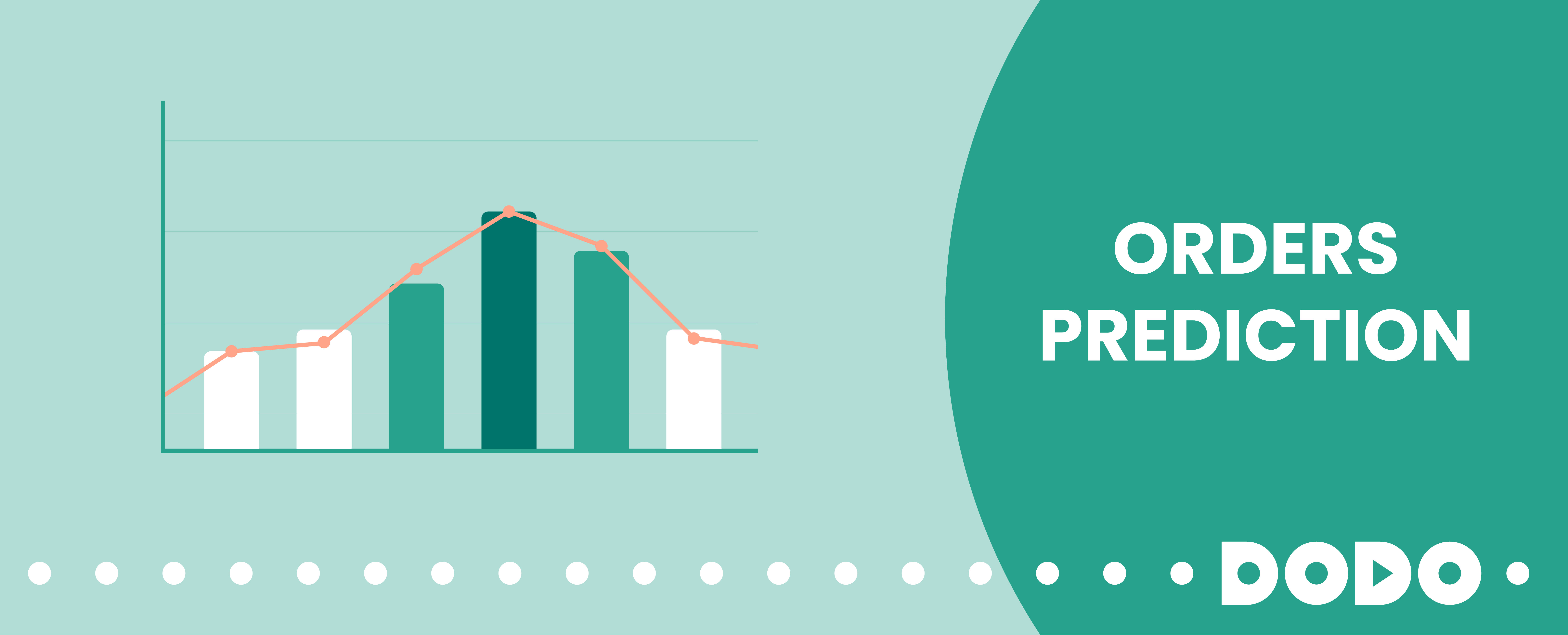Orders Predictor: we are developing an AI tool for more accurate capacity planning

More efficient transport, fewer delivery trucks in the cities and therefore less emissions. This is what the new order prediction algorithm we are developing provides. Our predictor can forecast the number of orders 14 days in advance, so we can plan better the number of couriers and cars needed. Read on to find out how this technology works and when we will deploy it into live operation.
Forecasting orders down to the hour
Our order prediction tool is a machine-learning or AI algorithm that uses historical and other data to predict the number of orders at a specific client, at individual branches, restaurants, stores or other outlets of our clients. Our goal is to predict orders with hourly accuracy for two weeks in advance.
As this article is being written in late May and early June, we are preparing for a pilot deployment at several of our branches. At the moment, the model can predict the number of orders on a given day, but it can’t yet break them down into hourly windows. The development of this functionality is in progress these days, we expect to put it into pilot operation within a few weeks.

Current error rate: less than 10%
We are currently testing our fourth model for order prediction. It shows an error rate of around 10%, and even around 6% at our clients’ busiest branches.
Mathematically, this is an interesting case because data such as day of the week, month, partner, city, etc. are a mixture of tabular and time series data. We use modern machine-learning algorithms based on decision trees, including the latest and improved XGBoost, ADAboost and others. We then implement these algorithms in the scikit-learn library.
Pilot phase in June, full release in the summer
During June 2023, we plan to deploy a pilot mode at several branches. We need a minimum of 10 orders per day to get accurate, bias free data for accurate prediction. For branches with fewer orders, we want to use predictions for the next 2 weeks based on historical data.
During the pilot phase, we will also complete the development of forecasts for specific hours. In the summer of 2023, we want to launch the full version of the model, which will also be enhanced with feedback from the pilot.
Wondering what other technologies are helping us stay ahead of the time and the competition? See how our GAIA logistics platform works.
